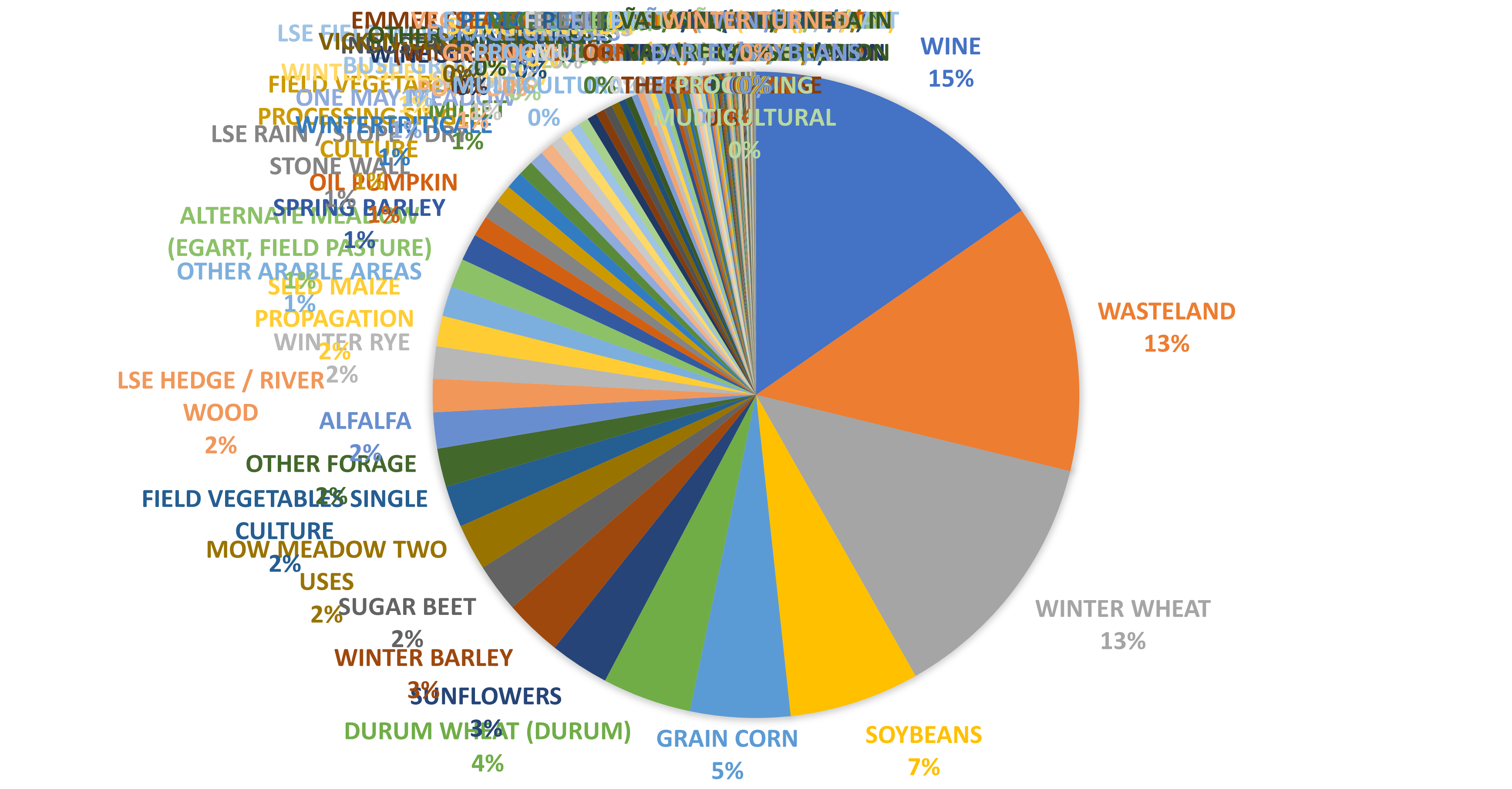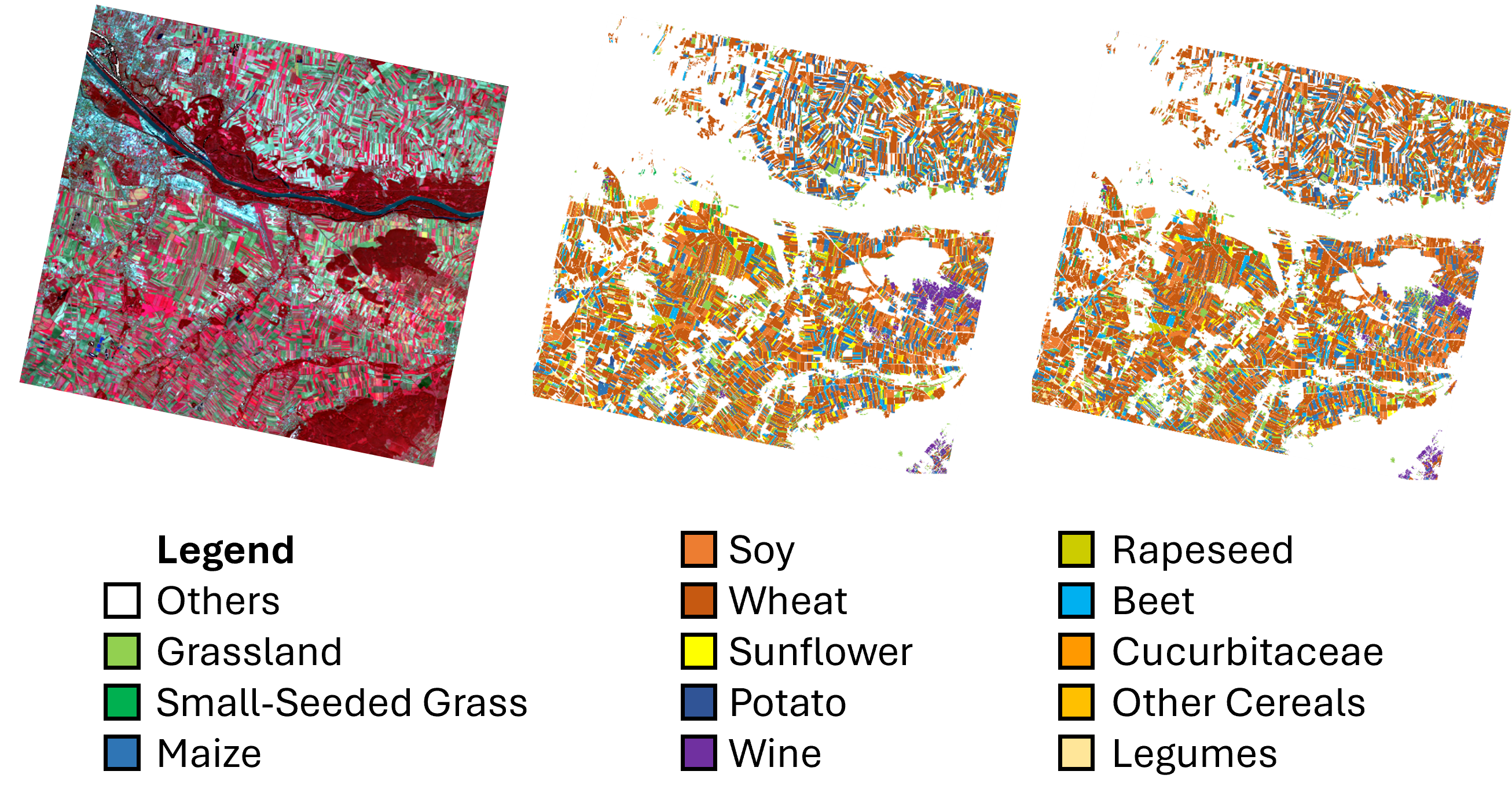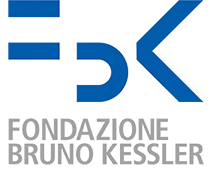The PRISMA-Learn project, formally titled “Tecniche avanzate di machine learning per la fusione dati e l’analisi di immagini della missione PRISMA” (Advanced machine learning techniques for data fusion and image analysis of the PRISMA mission), is a research initiative funded under the ASI Research Call. Its primary objective is the methodological development and experimental validation of innovative machine learning techniques for analyzing PRISMA data and integrating it with data from other missions.
Within the PRISMA-Learn project, the RSLab of the Università di Trento (UNITN) played a significant and focused role within the project, with a particular emphasis on the classification of agricultural areas.

RSLab’s contributions centered on addressing the challenges and opportunities presented by PRISMA’s hyperspectral and multiresolution data for agricultural mapping. Their work aimed to develop advanced automatic classification methods to fully exploit PRISMA’s characteristics for efficient generation of detailed, accurate, and objective crop type maps. Specifically, the efforts focused on:
- Advanced Machine Learning for Crop Type Mapping: The RSLab developed and investigated sophisticated machine learning algorithms tailored for agricultural classification. These included deep learning architectures such as Wavelet-based architectures, ResNets, UNets, and Contractive-Expansive-Contractive Networks. A key aspect of their methodology was addressing challenges like limited training data, a common issue in remote sensing applications, to ensure robust and generalizable crop classification models.
- Objective Thematic Map Generation: The main goal of RSLab’s efforts was to enhance the capability of producing highly detailed and accurate thematic maps of agricultural landscapes. By leveraging the narrow spectral signatures provided by PRISMA, the developed methodologies aimed to differentiate between various crop types and agricultural land uses with high precision, contributing to reliable monitoring and management of agricultural resources.
Throughout the project, RSLab presented different methodologies for crop-type mapping using Prisma images. Furthermore, a high-detailed dataset was built considering a selected benchmark Area of Interest (AoI) in Austria. The developed methodologies confirmed the effectiveness of utilizing PRISMA hyperspectral data that, given the detailed spectral signature, are suitable for the classification of agricultural areas also with single data acquisition. The results obtained demonstrate satisfactory accuracy and good discrimination capabilities even when single images were available.




